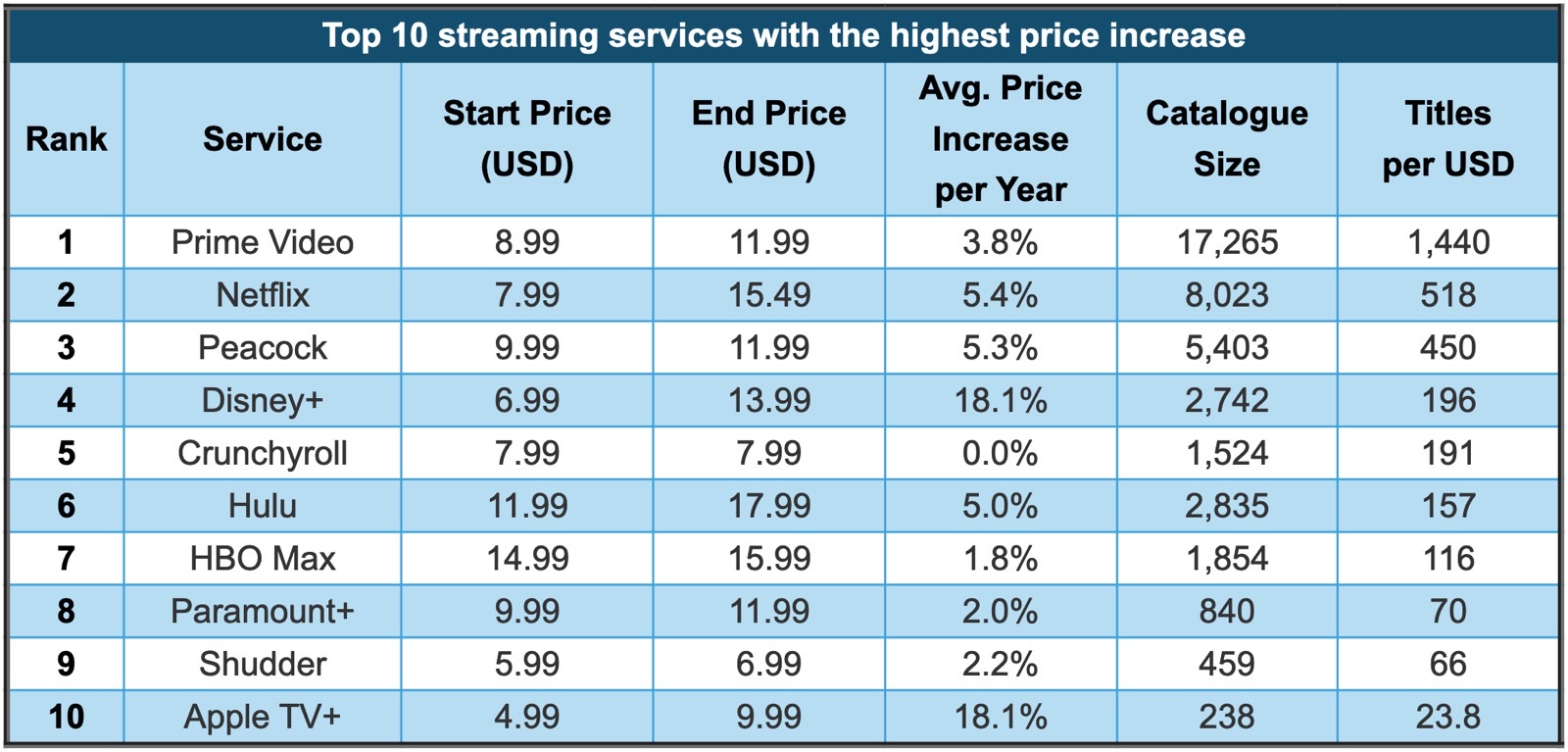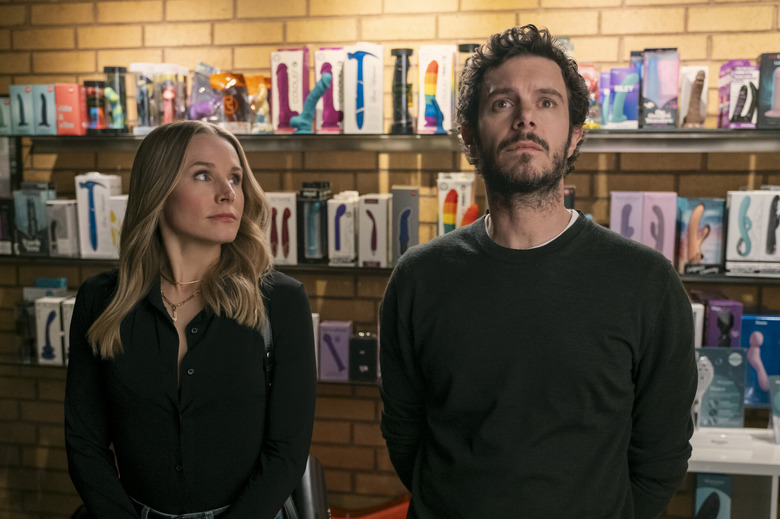Want To Cancel Netflix? Here's How To Get The Most Bang For Your Streaming Buck
Google quietly raised the prices of YouTube premium in several countries around the world, including Europe, South America, and Asia. Some countries got massive price hikes, prompting some people to announce on social media that they plan to cancel the service.
We see this dance happen every time one of the big streaming services increases subscription costs. It might be Netflix now and Disney+ next, or maybe Apple TV+ (free trial) will get a price hike soon. But deciding which services to cancel and which to continue paying for might be tricky for any household.
If you're looking to make changes to the streaming services you currently pay for, there might be a different way to look at your options.
A study from digital marketing agency Searchbloom analyzed historical price data for the top 10 streaming services in the US to determine which streaming services get you the most bang for your buck. In other words, the study tells you how much content you actually get from the likes of Netflix, Disney+, Amazon Prime Video, Max, and others for each dollar you spend per month.
For the study, Searchbloom looked at subscription prices from Kaggle for ad-free streaming options. It also counted the number of titles available on various US streaming services as of 2024 and calculated the number of titles per dollar spent with the service.
Surprisingly, Netflix does not take the top spot in this ranking. As you'll see below, Amazon Prime Video is the number one streaming service when it comes to cost-effectiveness, using this value model. At the current subscription rate of $11.99, you get 1,440 titles for every $1 spent per month.
Netflix comes in second with 518 titles per $1. Netflix will cost you a minimum of $15.49 per month for an ad-free plan, and it has a catalog of 8,023 titles. That's about half of what's available on Amazon.
Disney+ is fourth on the list, while Max is seventh. Apple TV+ is the last streaming service on this list. You get 23.8 titles for each $1 spent with the service. The current subscription costs $9.99 per month, an 18.1% average price increase per year compared to the $4.99 starting price.
Interestingly, Crunchyroll takes the fifth spot with 191 titles per $1 spent or a total of 1,524 titles. This is the only service from the top 10 Searchbloom analyzed that has not seen an increase since its launch in 2020. On the same note, Max prices went up by an average of 1.8% per year, from $14.99 to $15.99. But then again, Max is on the pricier side of things.

These figures might help you decide which streaming services to keep and which to cancel. That's assuming you seek this sort of cost-effectiveness analysis for at-home entertainment options. I'll note that international catalogs will vary for each streaming service available outside the US. Searchbloom's data is valid for the US market.
In practice, canceling a streaming service over another might not be that simple. Sure, Amazon Prime Video might have a larger catalog. But you might be a fan of more originals from Netflix rather than Prime shows. Or maybe you like Max and Apple TV+ originals more than having access to a boatload of licensed content that Amazon and Netflix deliver.
Then again, you might be subscribed to several streaming services at the same time. I know I am. The data in the table above might help you decide which services to keep and which to cancel (at least temporarily). You can always resubscribe to the streaming options you cancel once new seasons from the shows you want to watch are available.
It would be interesting to see a similar study that only looks at the number of originals one dollar buys you each month from these streaming services. After all, streamers routinely say they have to raise prices to make new shows. That's a valid argument I've always supported, assuming the extra money I pay each month goes to the creators.
I won't even get into the questionable quality of some originals, especially Netflix movies. That's also something to consider when canceling a service. A study that measures the quality of originals as objectively as possible relative to the money you spend on a streaming service would be even better.
